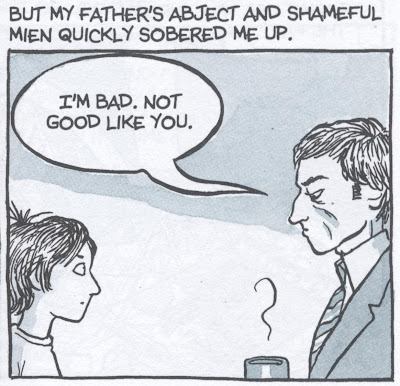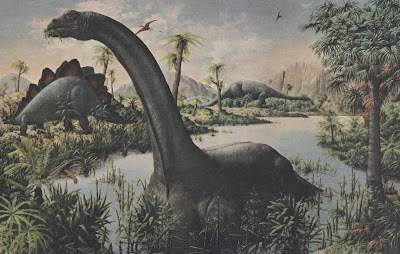
Feliks Topolski (1907-1989) traveled the world, illustrating the great places and events of his day. Born in Poland, Topolski set out for adventure at an early age. He made his way to Britain, the US, the Middle East, Canada, Ireland, France, India, Australia, Italy, Argentina, Switzerland, Denmark, Norway, Germany, Brazil and Portugal. Wherever he went, he kept a visual diary of the things he witnessed. His drawings of exotic street bazaars, ancient temples and crowded cities were collected in highly popular books. During World War II, Topolski became famous as one of the great war illustrators, working on the front lines in Russia, China, Burma, India, Palestine, Africa, Egypt, Syria and Italy. He was in London to record the Battle of Britain, and in Germany to record the collapse of the Nazi regime. He witnessed first hand the freeing of the concentration camps. Here is a wonderful detail of looters making off with plunder in the streets of Bergen: Here is an excellent drawing of J...








